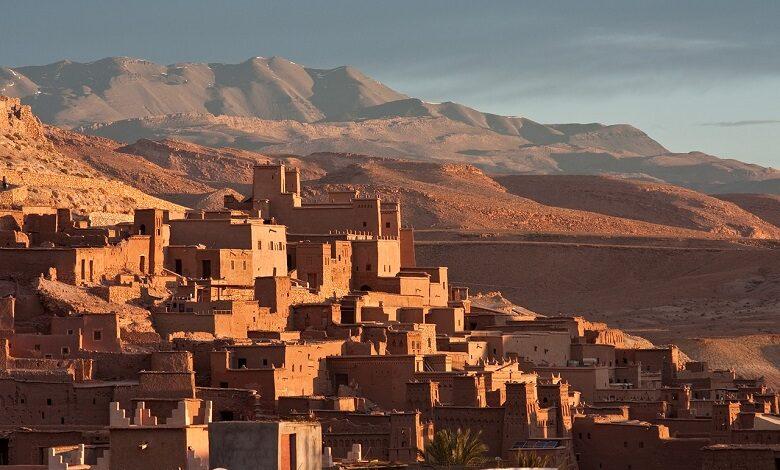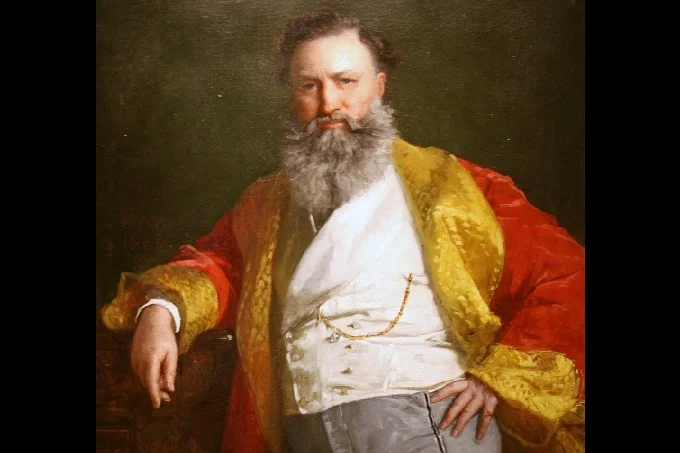Facts about Africa you never know

Some facts about Africa are still unclear to some Africans and non-Africans. Africa is not a country but has 54 countries that make up the continent.
Africa is blessed with different types of natural resources, landmass, wildlife, etc. In fact, one of the oldest universities in the world is in Timbuktu, Mali. In the 12th century, Timbuktu homed three universities. More than 25,000 students attended one of Timbuktu’s universities.
Facts about Africa
1. Humanity has African roots. The most established known surviving skeletons of anatomically present-day people (or Homo sapiens) have been exhumed at East Africa destinations. Human remains were found in Omo, Ethiopia, and dated at 195,000 years old, the most established known on the earth.
2. Pre-person skeletons have been found in Africa dating back somewhere in the range of 4 and 5 million years. It is believed that the most experienced known hereditary genus of humankind was the Australopithecus ramidus, which inhabited at least 4.4 million years ago.
3. In 250 B.C., the foundations of the oldest cities in West Africa were laid as the Old Djenne in Mali.
4. During a pilgrimage to Mecca in 1324 AD, a Malian ruler, Mansa Musa, spent so much money that his visit led to the collapse of gold prices in Egypt and Arabia. It took twelve years for the region’s economies to normalize.
5. At the end of the ninth century, the Nigerian city of Eredo was considered to be surrounded by a divider 100 miles long and seventy feet high in places. The inner area was a superb 400 square miles.
6. The ruins of an astronomical observatory from 300 BC were found in Namoratunga, Kenya. Africans mapped the movements of stars such as Triangulum, Aldebaran, Bellatrix, Central Orion, etc., and the Moon to create a 354-day lunar calendar.
7. The ancient Egyptians had Afro brushes. An essayist tells us that the Egyptians “made an extremely striking range of ivory brushes: the state of these is unmistakably African and resembles the brushes still used today by Africans and those of African plunge”.
8. The main Great Pyramid of Giza, the most phenomenal structure of all time, was an incredible 481 feet high – which could be compared to a 40-storey building. It consisted of 2.3 million square meters of limestone and rock, some measuring 100 tons.
9. In the 3rd century B.C., the city of Carthage on the shores of Tunisia was extravagant and astonishing. With a population of 700,000 and may even have reached one million. It was covering both sides of three boulevards columns of six-storey high houses.
10. Sudan has more pyramids than any other nation on earth, much more than Egypt. In any case, there are 223 pyramids in the Sudanese urban areas of A1 Kurru, Nuri, Gebel Barkal, and Meroö. They are generally 20-30 meters high and sunken.
11. The Songhai Empire of West Africa in the 16th century had a government post called the Minister of Etiquette and Protocol.
12. Ethiopia is prominently featured in some outdated Greek shows and sonnets. The Greek writer Homer notes Ethiopians in the Iliad and Odyssey as an “irreproachable race” and “among the noblest of men”.
13. Barbary privateers captured more than 1 million Europeans and sold them as slaves in North Africa between the 16th and 19th centuries.
14. The Second Congo War (1998-2003) claimed more than 5.4 million victims. It was the deadliest world conflict since the Second World War.
15. In 1209 AD, Ethiopian Emperor Lalibela sent an embassy to Cairo, bringing the sultan unusual gifts, including an elephant, hyena, zebra, and giraffe.
16. Master Lugard, an English colonial master, estimated in 1904 that there were still 170 fortified towns in the entire Kano region of northern Nigeria.
17. Gold mining in West Africa has taken place on a huge scale. One modern writer said: “It is estimated that the total amount of gold produced in West Africa before 1500 was 3,500 tonnes, which is more than 30 billion dollars in the market today”.
18. South Africans mined gold on a grand scale. One modern author shows us that: “The estimated measure of the gold mineral extracted from the whole district by the people of antiquity fluctuated, exceeding 43 million tonnes”. This metal gave us about 700 tonnes of pure gold, which is now estimated at more than 7.5 billion dollars.
19. The Nigerian city of Ile-Ife was purified in 1000 A.D. by many women rulers with improvements that began in ancient America. Usually, nobody needs to explain how it happened about 500 years before Christopher Columbus’ hour!
20. At that time, there were still glass windows. The dwelling of the Ghanaian Emperor in 1116 A.D. was: “a very large number of manufactured estates, fully animated, improved inside with models and paintings and with glass windows”.




